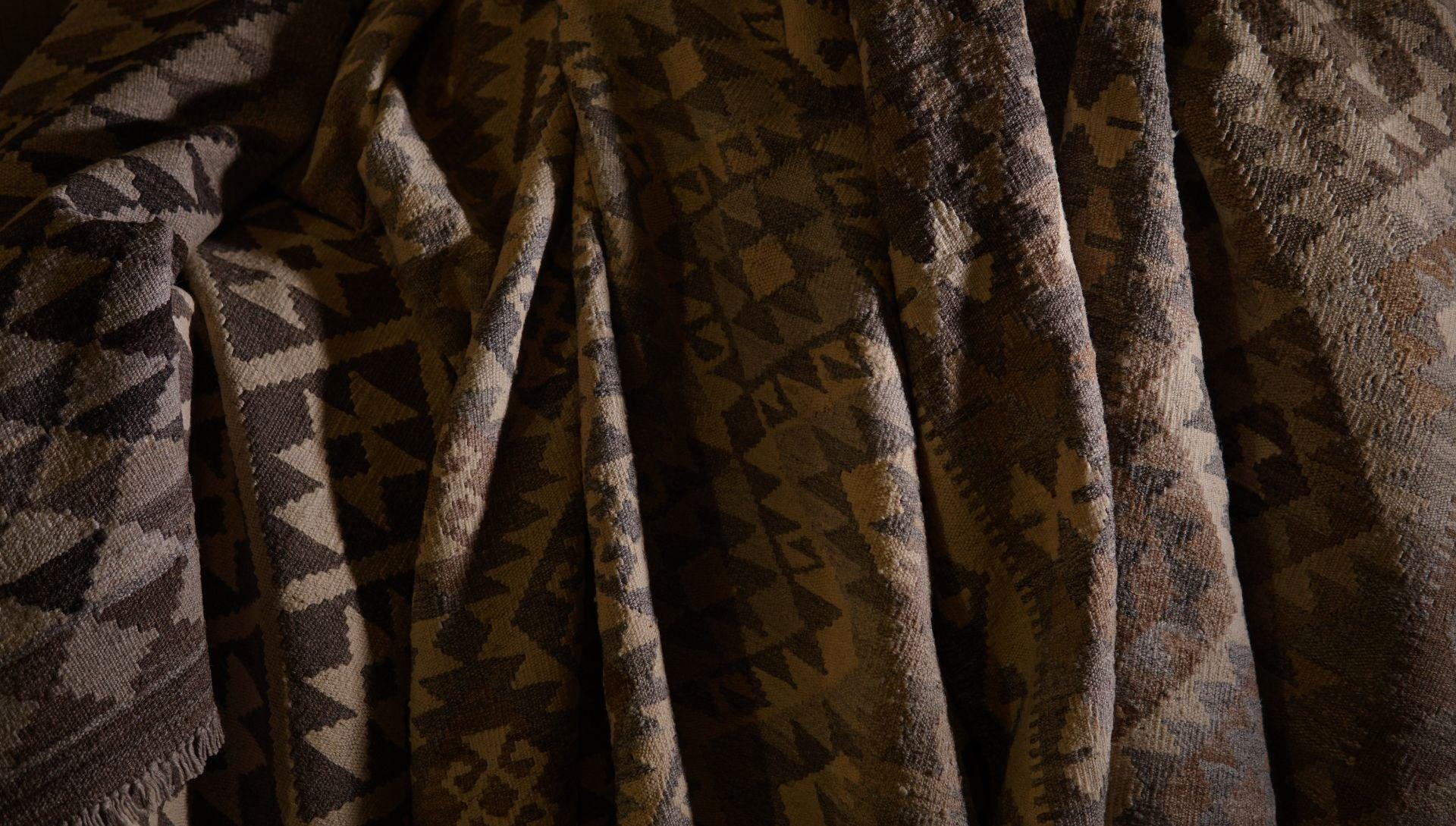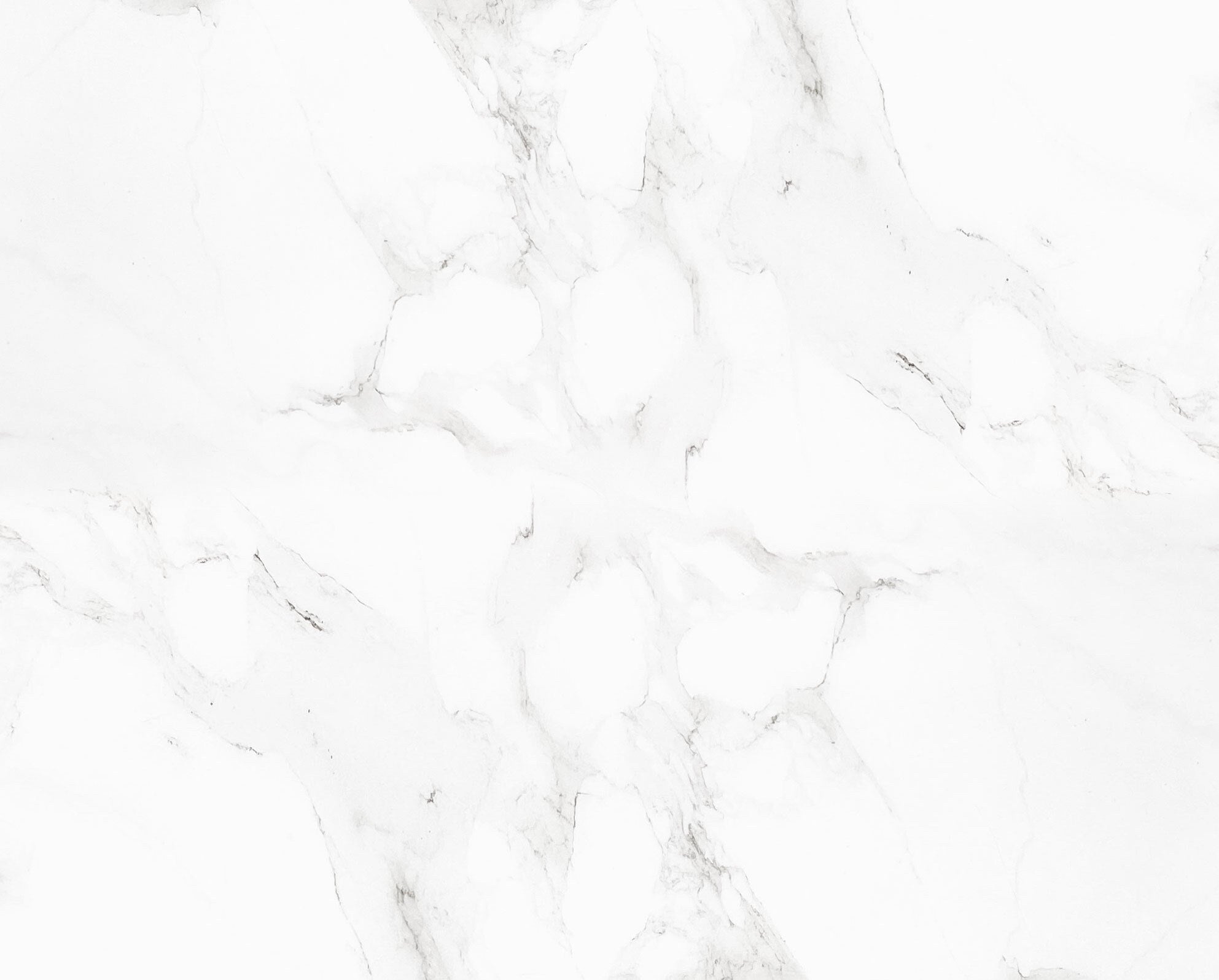
About Our Chobi Kilims

About Our Chobi Kilims
In the world of interior decor, Chobi Kilims stand as a testament to the timeless blend of artistry and craftsmanship. These exquisite rugs, originating from the rich tapestry of Afghanistan, have gained international acclaim for their intricate designs, soft textures, and cultural significance. In this article, we will delve into the fascinating world of Chobi Kilims, exploring their history, production process, design motifs, and their role in contemporary interior design.
Chobi Kilims: A Glimpse into Afghan Heritage
Chobi Kilims, often referred to as "Chobis," find their roots deeply embedded in the Afghan culture. The word "Chobi" itself translates to wood, alluding to the natural dyes used in these rugs. These masterpieces have a history that dates back centuries, with each rug narrating a unique story of the region and its people.
The Art of Handweaving
One of the defining characteristics of Chobi Kilims is the painstakingly intricate handweaving process involved in their creation. Skilled artisans, often using traditional wooden looms, meticulously craft each rug. This manual labor imbues each Chobi Kilim with a sense of individuality and authenticity that machine-made rugs simply cannot replicate.
Natural Dyes: A Time-Honored Tradition
Chobi Kilims are renowned for their vibrant and earthy color palettes. Artisans employ natural dyes derived from plants, vegetables, and minerals to achieve these mesmerizing hues. This sustainable and eco-friendly approach not only adds to their allure but also reflects the commitment to preserving age-old techniques.
Floral Elegance
A hallmark of Chobi Kilims is the prevalence of floral patterns. These rugs often feature intricate arrangements of blossoms, leaves, and vines. The floral motifs symbolize nature's beauty and are a nod to the Afghan landscape.
Geometric Precision
In addition to florals, geometric patterns are also common in Chobi Kilims. The precision and symmetry in these designs represent order and balance, creating a harmonious visual appeal.
Timeless Elegance in Modern Settings
While Chobi Kilims have deep-rooted historical significance, they seamlessly blend into contemporary interior design. Their versatility allows them to grace a wide range of spaces, from traditional homes to modern apartments. The fusion of old-world charm with modern aesthetics makes them a coveted choice among interior designers.
A Conversation Starter
Chobi Kilims often become the focal point of a room. Their exquisite beauty and cultural significance make them excellent conversation starters, inviting guests to appreciate the artistry behind each rug.
Yes, Chobi Kilims are highly durable and can withstand high-traffic areas, making them an excellent choice for living rooms and hallways.
Regularly vacuuming your Chobi Kilim and occasional professional cleaning will help maintain its beauty and longevity. Learn more.
Absolutely! Chobi Kilims' diverse designs and earthy colors make them versatile enough to fit into modern interior aesthetics.
When sourced from reputable dealers, Chobi Kilims are typically ethically produced, supporting Afghan artisans and their traditions.
Yes, many people use Chobi Kilims as stunning wall hangings to showcase their intricate designs and cultural significance.

We Are Proud To Support Pakistani Artisans

We Use Materials That Are Sustainable

Crafting Dream Rugs One Knot At A Time

Sign up and save
Get 10% off on your first order and latest updates.
Imam Carpet Co, 282 Abdullah Haroon Road, Karachi. Ph. 02135681586, 02135680076
beautiful rug, would highly recommend it t
the carpet is easy to clean and looks really nice in our hallway area
The carpet looks even better in real life than it looked online, the colors are rich and I am sure they won't fade for years to come
i was looking for a large carpet that would go well with my drawing room's furniture. came across this one and it matches perfectly!
Imam Carpets is my favorite carpet store to buy authentic rugs, their rugs never disappoint and the quality, texture of the carpets is always amazing



